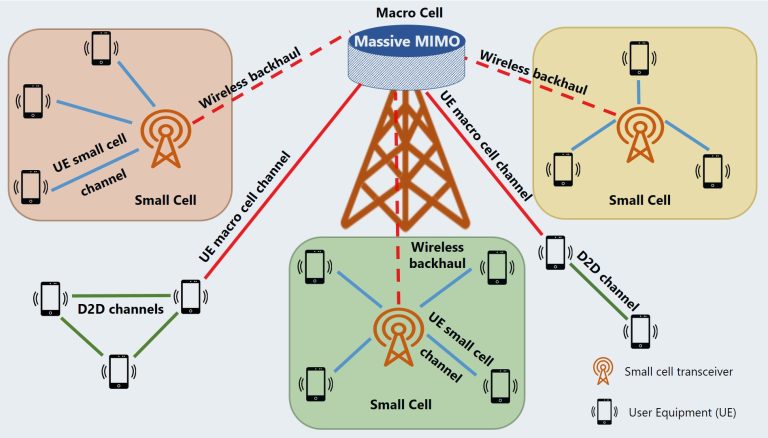How Fast Is 5G? Speed, Performance & Expectations
telcomatraining.com – 5G technology is revolutionizing the way we connect to the internet, offering unprecedented speed, lower latency, and improved reliability. But how fast is 5G really? In this article, we will explore 5G speeds, its real-world performance, and what to expect in the near future.
Understanding 5G Speed
5G, or the fifth generation of wireless networks, promises speeds significantly faster than its predecessor, 4G LTE. Theoretical speeds of 5G can reach up to 10 Gbps, which is 100 times faster than 4G LTE. However, actual speeds vary depending on factors like network infrastructure, device compatibility, and location.
5G Speed Tiers
5G operates on three main frequency bands, each impacting speed and coverage differently:
- Low-Band 5G – Offers broad coverage but moderate speeds, typically ranging from 50 Mbps to 250 Mbps.
- Mid-Band 5G – Balances speed and coverage, with speeds ranging from 100 Mbps to 1 Gbps.
- High-Band (mmWave) 5G – Provides ultra-fast speeds of 1 Gbps to 10 Gbps, but with limited coverage and penetration through obstacles.
Real-World Performance
Although 5G’s theoretical speeds sound impressive, real-world performance varies. In urban areas with well-developed 5G infrastructure, users can experience speeds between 300 Mbps to 1 Gbps, significantly improving activities such as streaming, gaming, and video conferencing.
According to recent tests:
- Verizon’s mmWave 5G reaches speeds of 2 Gbps, but is available only in select areas.
- T-Mobile’s mid-band 5G offers speeds around 400 Mbps to 800 Mbps, covering a broader range.
- AT&T’s low-band 5G averages 100 Mbps to 300 Mbps, prioritizing coverage over speed.
Lower Latency and Improved Connectivity
5G not only increases speed but also significantly reduces latency. While 4G LTE latency ranges from 30-50 milliseconds, 5G reduces it to 1-10 milliseconds. This near-instantaneous response benefits applications like autonomous vehicles, remote surgery, and real-time gaming.
Another advantage of 5G is its ability to support more connected devices simultaneously. This is crucial for smart cities, IoT (Internet of Things) devices, and future technological advancements.
Expectations for the Future
As 5G networks continue to expand, users can expect:
- Wider Coverage – Telecom companies are rapidly deploying mid-band and high-band 5G to reach more locations.
- Faster Speeds – With network optimizations, speeds closer to 10 Gbps will become achievable.
- Innovative Applications – 5G will unlock new possibilities in AR/VR, smart industries, and connected vehicles.
- Affordable 5G Devices – As technology advances, more budget-friendly 5G smartphones and devices will become available.
Conclusion
5G technology is set to redefine connectivity with speeds significantly faster than 4G, lower latency, and enhanced network capacity. While real-world performance depends on several factors, the future of 5G looks promising as it continues to evolve and expand. Whether for everyday browsing, business applications, or cutting-edge innovations, 5G is paving the way for a faster, more connected world.







